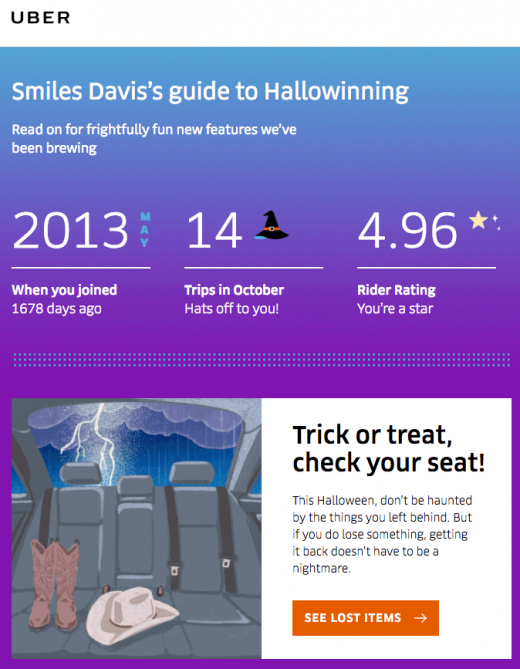7 Reasons Why List Segmentation Is What You Need
7 Reasons Why List Segmentation Is What You Need
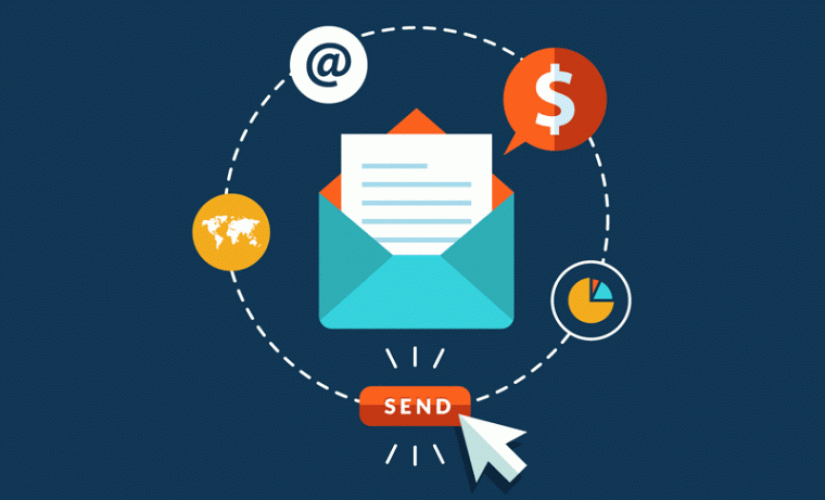
It’s been a really long time since the launch of Hotmail, an even longer time since email was created in the “@” form we’ve all grown to know and love and an even longer time since email itself was grasped as a concept.
And even though technology evolves and trends come and go, email is the one and only staple, up to the point where the most effective marketing channel-that inspired the creation of many other channels: Email marketing.
Email marketing survived, despite all the ominous predictions that come and go from time to time, that want it dead in some years’ time.
Which almost happened, with the invention of spam emails, that reached an all-time high in 2008, as shown by the graph below:
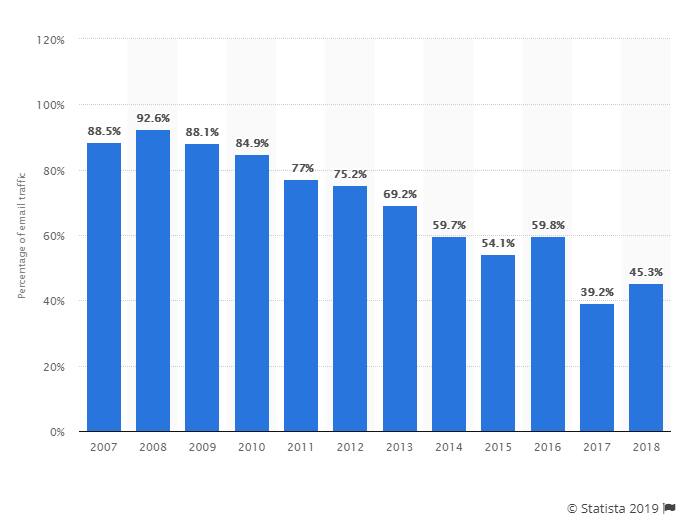
(Source)
However, email marketing managed to overcome that obstacle and all other obstacles that were thrown in its path (like Google’s tabs for inbox, for example).
But how did email marketing get from spam to the force that can guarantee the best ROI, compared to other marketing channels?
The trick happened when realization hit all marketers everywhere: Email as a medium needed to be true to its original trait, and that meant that it needed to become personal again, and not a carrier of unsolicited (spammy) information!
Personal, you said?
Think of an email like a knock on your door. It’s better for you to know who is behind that door, knocking. It’s safer, at least.
Now think of someone that knocks on your door and calls your name at the same time. Doesn’t it make you feel like you should open the door and invite them in?
That’s what personalized emails are, and that’s why they’re more common nowadays. People expect to hear something that interests them, something that will come in handy sometime.
Something they signed up for.
You see, the business model nowadays is Human To Human, and this means that you can’t have an email that looks automated and expect it to convert.
Try personalization in every step you take! But how are you going to go about that, when you’ve got a good amount of subscribers? You can’t possibly start examining each email subscriber you’ve got, case-by-case.
Enter: List Segmentation
Let me first go through with the definition: Generally speaking, segmentation is the act of dividing a whole into smaller parts of sections, taking specific factors into account.
When it comes to marketing, things are not too different, as email list segmentation means dividing your email list into smaller groups by taking various data and demographics into account.
That data could be anything. You can try geographic segmentation, segmentation according to income, educational background, gender, marital status, you name it!
This helps in a lot of ways and saving money while making the most of an email campaign is one of them.
But I promised you an article about the reasons why email list segmentation is what you need, so without further ado, here’s a list of reasons:
1. It can increase your open rate
You can have the most innovative product, the freshest idea, the most wonderful content in the world, the most beautiful email newsletter templates and the best intentions at heart, and still be unable to convert. You know why?
Because if nobody opens your email, it doesn’t really matter. It won’t convert anyway.
The general idea is that not 100% of your audience is interested in one thing alone. No matter how big or small your list is, you’ll have groups of people that differ significantly from one another. You’ll need to look into the data these groups can provide and act accordingly.
You see, your content might be old news or unsolicited information to some and a goldmine to others. Study them, create your buyer personas and check which campaign fits which persona and what KPIs you need for each one, and you’ll see your open rate skyrocket!
2. Unsubscribers Who?
Sending an email to, say, 1000 people, when only 10 of them would be interested in what you’ve got to offer at that time is a waste of resources and content
The results won’t be worthy at all, as this tactic will test your subscribers’ patience and, eventually, give you a large unsubscribe rate.
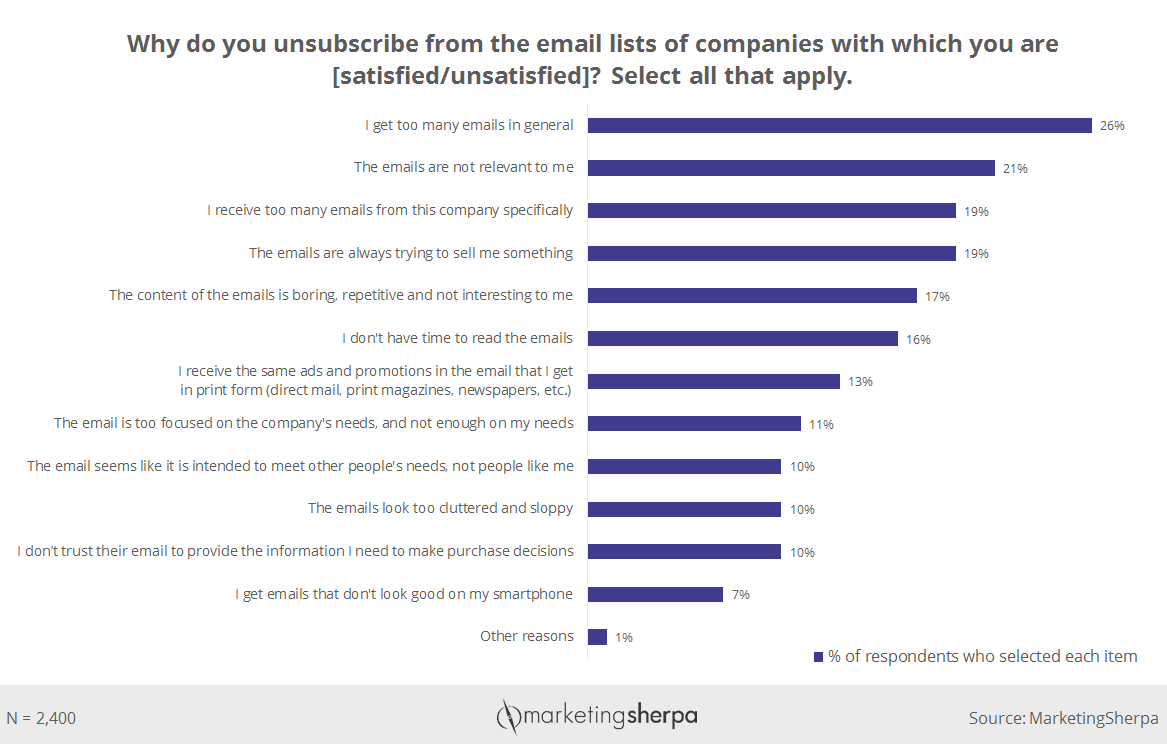
(Source)
As you can see, 21% of users unsubscribe due to irrelevant content. Which can be potentially harmful and can lead to unwanted expenses as well.
List segmentation can help you lower the dreaded unsubscribe rate. Of course there can be no list with a 1% unsubscribe rate, but still, fewer unsubscribers mean more chances to convert.
3. No spam, please
Being marked as spam can greatly affect your email deliverability, which is only logical. A spam complaint will show your email provider that your email is not only unwanted but potentially dangerous for your subscribers.
The purpose of your email may be to inform, educate or sell, but a spam complaint will definitely make mailbox and email providers think that you’re a scam, which will harm your deliverability rates.
The odds will be in your favor though if you provide content the user signed up for. And you will know which content that is, by segmenting your list and making sure to show your subscribers what they need to see, whether it’s news, tips and information, or offers and discount codes.
You see, a good open rate is what makes or breaks your reputation as a sender when it comes to mailbox providers and how protective they are of their users. It’ll help them see that your subscribers see how valuable and useful your emails are and make them realize that your content needs to be seen by many.
For those of you in the know, it works kind of like backlinks work for SERPs.
4. Make your click-through rate (CTR) skyrocket
Let me begin by defining what CTR really is: It’s a marketing metric used to determine the rate of subscribers who not only opened but also clicked on any link (or all links) in the main body of your email.
Why is that though? Well, content may be king, but what happens when this content doesn’t interest your subscribers at all?
This is where segmentation comes to save the day.
If, for example, you’re running an email campaign for men’s watches and you’ve included a great discount code in there, you’ll see your click-through rate reach an all-time high if you segment your list and make sure to send this campaign to people who would be interested.
Meaning: Men (mostly), in their 20s or older, who care about their appearance and (again, mostly) have a good income and a busy life.
A qualified person will see value in your promotional email, click on the link(s) and utilize the offer. Which counts as engagement, which will be greatly appreciated by an email and mailbox provider!
5. And what about conversion?
The main reason a business is trying to grow their email list is to create loyal members and increase conversion rates, sales and so on and so forth. Therefore, the place for non-converting signups should be limited or, even better, non-existent.
Of course, squaring the circle would be easier than having a 100% conversion rate. A general rule of the thumb dictates that a conversion rate of 10% is a good one and it can go higher from that point on.
But how are you going to get to that 10%? Why, by appealing to the subscriber’s impulsive nature, of course!
Think like a buyer for that one and not a marketer. An email that is appropriate, with strong CTAs and all the information you need would make you click the link and buy the product, that’s a no-brainer.
You wouldn’t think twice, especially if the email was just what you needed or was suggesting a product that could be combined with the one you bought originally.
Kind of like this:

When I subscribed to that brand’s newsletter, I got a discount code to use at checkout. You can see that there’s nothing too complicated about that promotional discount and it did appeal to my impulsive nature, as a buyer.
But this was all it did. Which resulted in my receiving this, a long time later:
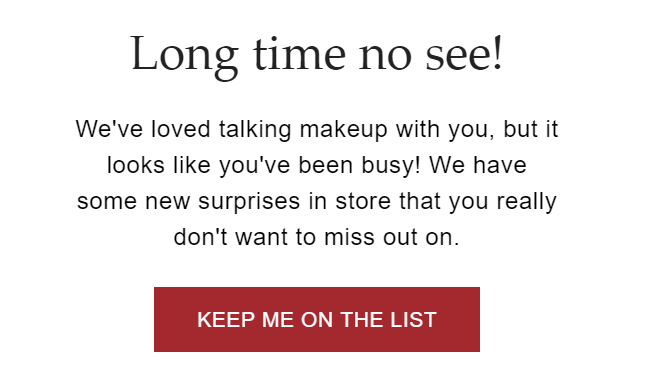
I pressed the CTA button, I entered the website and they got me, as I placed another order.
Needless to say that I’m also one of the people in this brand’s target audience. If my mother, for example, received that email, she would definitely flag that email as spam.
6. There is no option but to stand out
Let me use some visual aid for that:
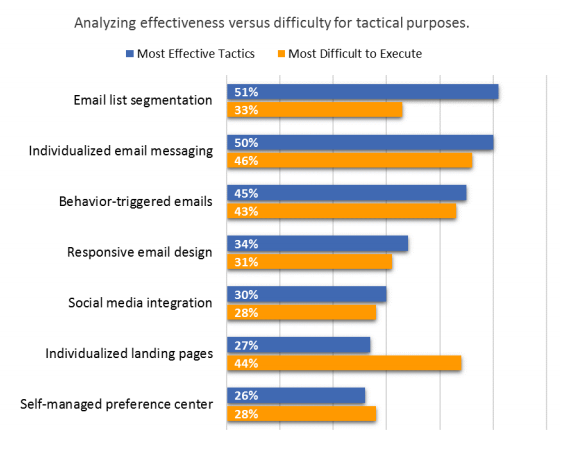
(Source)
According to Ascend2’s research, email list segmentation is a task of high difficulty but high reward as well.
Email segmentation will make you stand out, and especially personalization, as I mentioned before.
Take personalized subject lines, for example. They will make the subscriber open their email, mainly because they see their name on it:
![]()
But the email’s content needs to be something just as personal, in order to stand out.
The sheer volume of emails a user receives every day is astounding, which means that your email will need to make an impression.
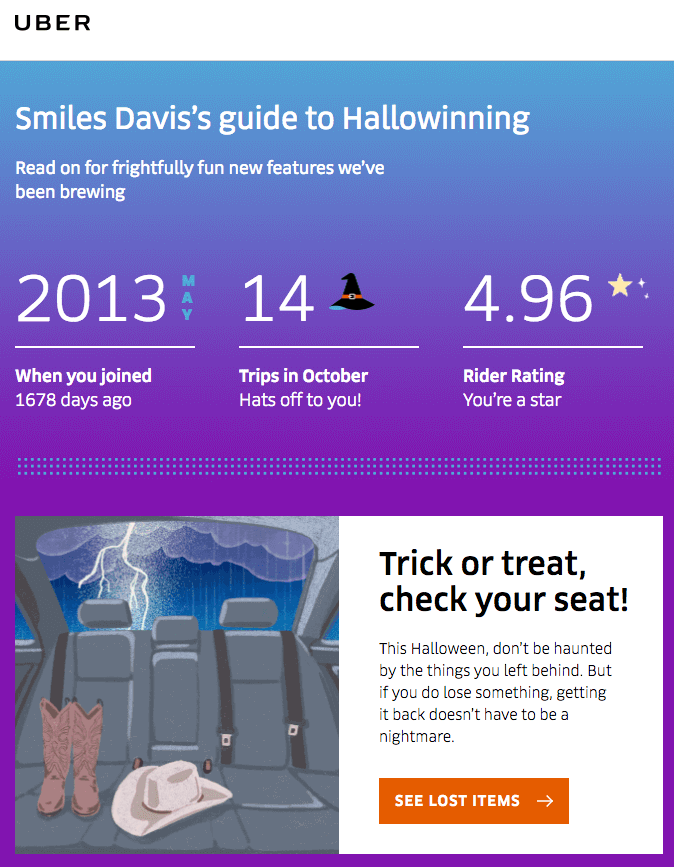
(Source)
This is content that manages to combine seasonal, heavy personalization and value. It’s simply incredible, and I know I’d be enticed to click on the CTA, whether I’d lost something in an Uber or not.
7. Segmentation equals happiness
I don’t think that this requires an explanation. If you segment your list, people that are interested will see your content.
Your subscribers will learn to expect your email and get excited upon receiving it, much like receiving an email from an old friend they always enjoy chatting with.
They will also think that your emails are carefully curated especially for them, seeing as the content won’t be irrelevant or dull and boring.
Make sure that it feels more like H2H and less like B2C. It’s easier for your subscribers to remain interested if your tone is friendly, effortless and not trying to sell them something.
What is more, list segmentation can bring you more leads than you’d think. Segmenting your list will keep subscribers happy with tailor-made content and promotions too good to resist.
These happy subscribers are bound to do two things:
- Convert
- Spread the word
We talked about conversion before. But spread the word? Well, that’s something to think about.
Just make sure to pick out an email marketing and automation software that will enable you to do so. Mailchimp alternatives.
And since email marketing converts and word-of-mouth is social proof (has been since the beginning of time, really), then it is guaranteed to bring you more leads.
So, keep ‘em happy to keep ‘em coming!
In conclusion
Your email campaigns cannot appeal to everyone (not even fries can!), but they can be of huge value to some specific groups that are within your target audience and your subscribers’ list.
By segmenting your list, you’re doing exactly what you’re supposed to be doing: You’re showcasing what you’re about, one step at a time, to people who are interested to know the bits and pieces you’d like to present in each email.
Oh, and before I go, a quick reminder: List segmentation is a fantastic way, but it won’t work wonders on its own. Data-driven decisions, on the other hand, will do the trick, and there is no better way to that than to test away!
And another thing: Optimize for all devices. Use your data to see what percentage of your users checks their email on mobile. Compare it to desktop users. And make sure that it works on any and all operating systems.
You wouldn’t want to come a long way, just to see your rates drop because of poor performance on some devices, would you?
What did you think of this article?
Did it answer your questions?
Is there something you think we didn’t mention?
Please let us know in the comments and don’t forget to share the knowledge with your favorite marketer!
The post 7 Reasons Why List Segmentation Is What You Need appeared first on ReadWrite.
(52)

